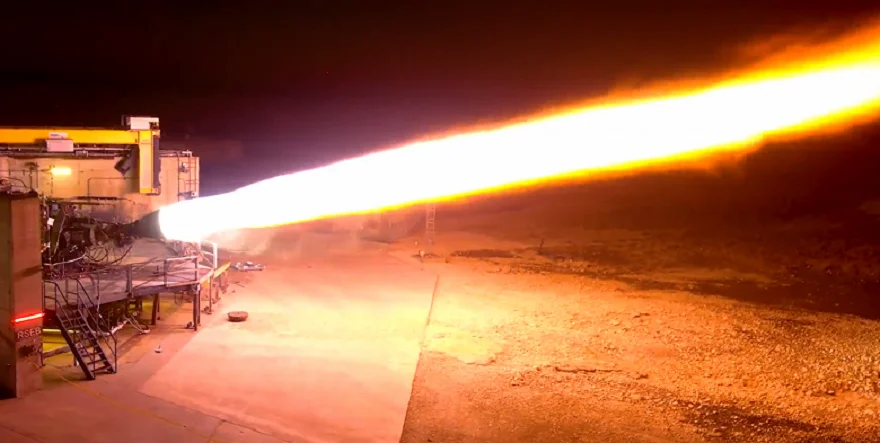Starship’s first stage prototype, known as the Super Heavy Booster 9, underwent its second “static fire” test yesterday, August 25. The rocket’s creators locked onto the Super Heavy launch pad, briefly firing the Raptor’s engines.
SpaceX officials said during the webcast of the test that the engines ran for about six seconds as planned. This was the second test for Booster 9 with all 33 engines running yesterday and 29 of the 33 engines running on 6 August. Two static fires are part of the second test flight preparations. Super Heavy Booster 9 will launch an instance called Ship 25 into orbit.
The first Starship test launch, which took place on April 20 of this year, failed and exploded, although the rocket had risen high enough but could not separate the stages.
According to company founder and CEO Elon Musk, SpaceX has made more than 1,000 changes to Starship’s design since its first flight.
For example, the company switched to a “hot phase” strategy; This means that Starship’s upper stage will now fire up six Raptor engines before completely leaving Super Heavy’s booster. This change required the addition of a ventilation system and heat shield to the top of Booster 9, as SpaceX did between the first and second static tests.
The company also installed a sprinkler system under the Starbase launch pad to prevent site damage from the April 20 launch.













